
Mouse Fight On Subway Wins People’s Choice For Wildlife Photographer Of The Year
Just a few months ago we were looking at the 25 finalists of the LUMIX People’s Choice Award, wondering which photograph was going to snatch the wildlife photography prize. And all the power was in our hands as the voting was open to the public, with a deadline of Tuesday, February 4, 2020. As the day passed, everyone waited in anticipation to hear from The Natural History Museum. And at last, they announced which of the stunning pictures won the best photo title, and it’s no other than the fan-favorite “Station Squabble” by Sam Rowley!
The perfect moment snapped on the London Underground shows two mice fighting over scraps of food. The photographer had to rely on patience, as he had seen the fights before, so he decided to just lie on the ground and wait. And it definitely paid off in this amazing photo!
“The competition attracts over 48,000 entries from 100 countries, highlighting its enduring appeal,” a museum spokesperson said. That’s a tough competition to beat! The winners of the main photo contest (both the grand title as well as category winners) win a cash prize; however, the LUMIX People’s Choice winner does not receive a monetary price. Even so, the media coverage and exposure from such an established photography contest are enough to attract thousands of entries!
More info: NHM
“Station Squabble” by Sam Rowley was just named the winner of this year’s LUMIX People’s Choice Award
Image credits: Sam Rowley
“Sam discovered the best way to photograph the mice inhabiting London’s Underground was to lie on the platform and wait. He only saw them fight over scraps of food dropped by passengers a few times, possibly because it is so abundant. This fight lasted a split second, before one grabbed a crumb and they went their separate ways.”
“Losing The Fight”, Aaron Gekoski, UK – highly commended
Image credits: Aaron Gekoski
“Orangutans have been used in degrading performances at Safari World, Bangkok – and many other locations – for decades. The shows were temporarily stopped in 2004 due to international pressure, but today the shows continue – twice a day, every day – with hundreds of people paying to watch the orangutans box, dance, play the drums and more.”
“Matching Outfits”, Michel Zoghzoghi, Lebanon – highly commended
Image credits: Michel Zoghzoghi
“Michel was in the Pantanal, Brazil photographing jaguars. One afternoon, as he was on the Três Irmãos River, a mother and her cub crossed right in front of his boat. He watched mesmerized as they left the water holding an anaconda with a very similar pattern to their own.”
“The Surrogate Mother”, Martin Buzora, Canada – highly commended
Image credits: Martin Buzora
“Elias Mugambi is a ranger at Lewa Wildlife Conservancy in northern Kenya. He often spends weeks away from his family caring for orphaned black rhinos like Kitui here. The young rhinos are in the sanctuary as a result of poaching or because their mothers are blind and cannot care for them safely in the wild.”
“Spot The Reindeer”, Francis De Andres, Spain – highly commended
Image credits: Francis De Andres
“The conditions for photographing at the Norwegian archipelago Svalbard are extreme, but wildlife has adapted to the environment and its freezing temperatures. Francis found this composition of white arctic reindeer, which were observing him, both curious and charming.”
Here’s the rest of the finalists that are just as stunning:
“Winter’s Tale”, Valeriy Maleev, Russia
Image credits: Valeriy Maleev
“Valeriy encountered this Pallas’s cat while it was out hunting in the Mongolian grasslands – it was -42°C (-44°F) on that frosty day, but the fairy tale scene cancelled out the cold. Pallas’s cats are no bigger than a domestic cat and they stalk small rodents, birds and occasionally insects.”
“Mother Knows Best”, Marion Vollborn, Germany
Image credits: Marion Vollborn
“While on a bear watching trip to the Nakina River in British Columbia, Canada Marion spotted a grizzly bear and her young cub approach a tree. The mother bear started to rub against the tree trunk and was followed shortly by the cub, imitating its mother.”
“Inquisitive”, Audun Rikardsen, Norway
Image credits: Audun Rikardsen
“From a hide on the coast of northern Norway, it took Audun three years of planning to capture this majestic bird of prey in its coastal environment. After some time, the golden eagle became curious of the camera and seemed to like being in the spotlight.”
“Tender Play”, Steve Levi, USA
Image credits: Steve Levi
“It was early March and Steve spotted this mother polar bear and her two cubs after 10 days of looking. They had recently left their birthing den in Wapusk National Park, Canada, to begin the long journey to the sea ice so their mother could feed. After a nap the cubs were in a playful mood.”
“Trustful”, Ingo Arndt, Germany
Image credits: Ingo Arndt
“For over two years Ingo has followed the pumas of Torres del Paine National Park, in Patagonia, Chile. This female was so used to his presence that one day she fell asleep nearby. On wakening, she glanced at him in a familiar way, and he was able to capture this portrait of a completely relaxed puma.”
“What A Poser”, Clement Mwangi, Kenya
Image credits: Clement Mwangi
“In Kenya’s Maasai Mara National Reserve, Clement spent time observing this beautiful leopard as she soaked up the last warm rays of the setting sun. Clement is mindful to remember to take pleasure in life’s simple moments – being all too aware that sometimes, as a wildlife photographer, you can miss the exceptional while looking for the unusual.”
“Training Session”, Stefan Christmann, Germany
Image credits: Stefan Christmann
“When Stefan came across this penguin couple in Atka Bay, Antarctica, seemingly with an egg, he was surprised as it was too early in the season for egg-laying. Upon closer inspection he discovered the egg was a snowball! Perhaps the diligent couple were practicing egg transfer in preparation for when their real egg arrived. This is possibly the first time it has ever been witnessed and documented.”
“The Unwelcome Visitor”, Salvador Colvée Nebot, Spain
Image credits: Salvador Colvée Nebot
“Over several months, Salvador watched different species of bird use the dead flower spike of this agave in Valencia, Spain as a perch before descending to a small pond to drink. A pair of common kestrels were frequent visitors though each time they came magpies would hassle them.”
“A Suitable Gift”, Marco Valentini, Italy
Image credits: Marco Valentini
“Marco was in Hortobágyi National Park, Hungary when he spotted these kestrels displaying typical courtship behaviour. Here the female has just received an offering of a young green lizard from her suitor and in this touching moment she tenderly took hold of his claw.”
“Teamwork”, Jake Davis, USA
Image credits: Jake Davis
“Jake was on a boat off the coast of Great Bear Rainforest, British Columbia, Canada where he watched humpback whales bubble-net feeding. Here the lead whale dives to locate the fish, once the fish are located, the rest of the pod swim in decreasing circles while blowing bubbles which create a net, trapping the fish.”
“Family Get-Together”, Michael Schober, Austria
Image credits: Michael Schober
“Marmots have become accustomed to the presence of humans in Hohe Tauern National Park, Austria and allow people to observe and photograph them at close range. This behaviour is beneficial for the marmots, as human company deters predators such as golden eagles.”
“Beak To Beak”, Claudio Contreras Koob, Mexico
Image credits: Claudio Contreras Koob
“Ría Lagartos Biosphere Reserve in the state of Yucatán is home to Mexico’s largest flock of Caribbean flamingos. This chick is less than five days old – it will stay in its nest less than a week before it joins a crèche of other youngsters who wander around the colony searching for food.”
“Dressed For Dawn”, Csaba Tökölyi, Hungary
Image credits: Csaba Tökölyi
“Csaba had been in a hide all night photographing nocturnal species and their activities, but as the golden light of dawn reflected on the surface of the water, an egret in wonderful breeding plumage stopped close by. The elongated scapular feathers covered the bird as if it was wearing a gown.”
“The Humpback Calf”, Wayne Osborn, Australia
Image credits: Wayne Osborn
“Wayne spotted this male humpback calf and its mother while diving off the Vava’u Island group in the Kingdom of Tonga. The calf kept a curious eye on Wayne as it twisted and turned before returning to its mother periodically to suckle. She was relaxed and motionless 20 metres (65 feet) below.”
“Big Ears”, Valeriy Maleev, Russia
Image credits: Valeriy Maleev
“Valeriy was on a summer expedition to the Mongolian part of the Gobi Desert when he happened upon a long-eared jerboa. As blood moves through the ears of these usually nocturnal animals, excess heat dissipates across the skin and so the jerboa is able to stay cool.”
“Ocean´s Signature”, Angel Fitor, Spain
Image credits: Angel Fitor
“Angel took this image in the waters off of Alicante, Spain. Immersed in a strong current, an otherwise slightly undulating salp chain twists and turns forming whimsical shapes. Salps move by contracting, which pumps water through their gelatinous bodies.”
“Bon Appétit”, Lucas Bustamante, Ecuador
Image credits: Lucas Bustamante
“Night hikes through the Ecuadorian jungle are one of Lucas’ favourite activities. With a keen interest in herpetology, he was overjoyed to spot this labiated rainfrog which are abundant in the region. It had just caught a baby tarantula and its comical expression said ‘caught in the act!’”
“Captive”, Marcus Westberg, Sweden
Image credits: Marcus Westberg
“A giant panda sits in its cage in a breeding centre in Shaanxi, China. With a growing wild population and no realistic plan of how to breed and raise pandas for rerelease into the wild rather than a life in captivity – not to mention lack of habitat being the largest barrier to the continued spread of the wild population – it is unclear how such centres will benefit the species.”
“A Pulsing Sea”, David Doubilet, USA
Image credits: David Doubilet
“A school of red tooth triggerfish form a cloud of silhouettes above a river of convict blennies flowing over the coral in Verde Island Passage, Philippines. The Passage, a strait that separates the islands of Luzon and Mindoro, is one of the most productive marine ecosystems in the world.”
“Meeting Place”, Yaz Loukhal, France
Image credits: Yaz Loukhal
“After a rough journey by sea to the remote Snow Hill Island off the east coast of the Antarctic Peninsula, Yaz flew by helicopter and then trekked through thick snow to reach the emperor penguin colony. His efforts were rewarded with this incredible view of the whole colony.”
128Kviews
Share on FacebookExplore more of these tags
About the mice: don't you people know a tango when you see one. That's a dip my friend.
I know right. It's like you can't go anywhere without seeing this crazy violence.
Load More Replies..."Down in the tube station at midnight, whooa-ooh-ohh-ohhh!" Seriously, though, that's a great picture.
About the mice: don't you people know a tango when you see one. That's a dip my friend.
I know right. It's like you can't go anywhere without seeing this crazy violence.
Load More Replies..."Down in the tube station at midnight, whooa-ooh-ohh-ohhh!" Seriously, though, that's a great picture.

 Dark Mode
Dark Mode 

 No fees, cancel anytime
No fees, cancel anytime 







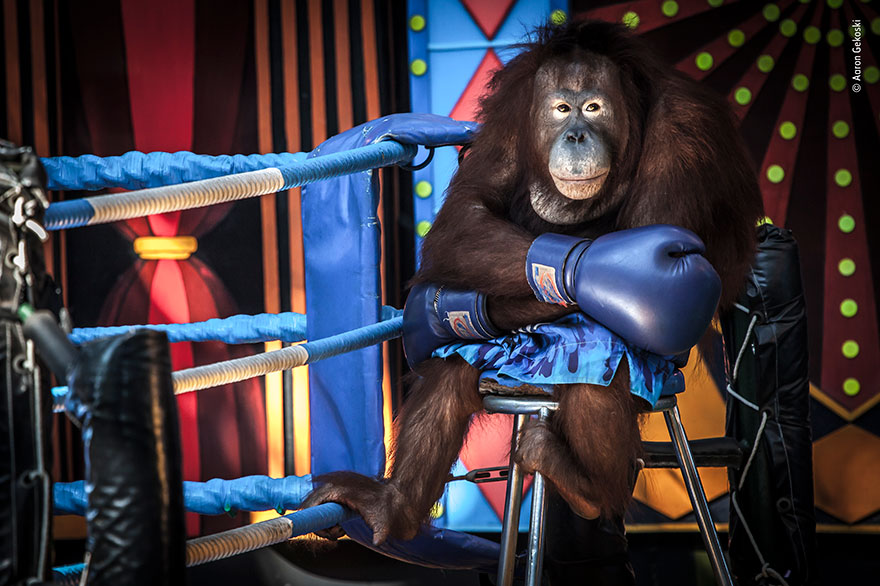







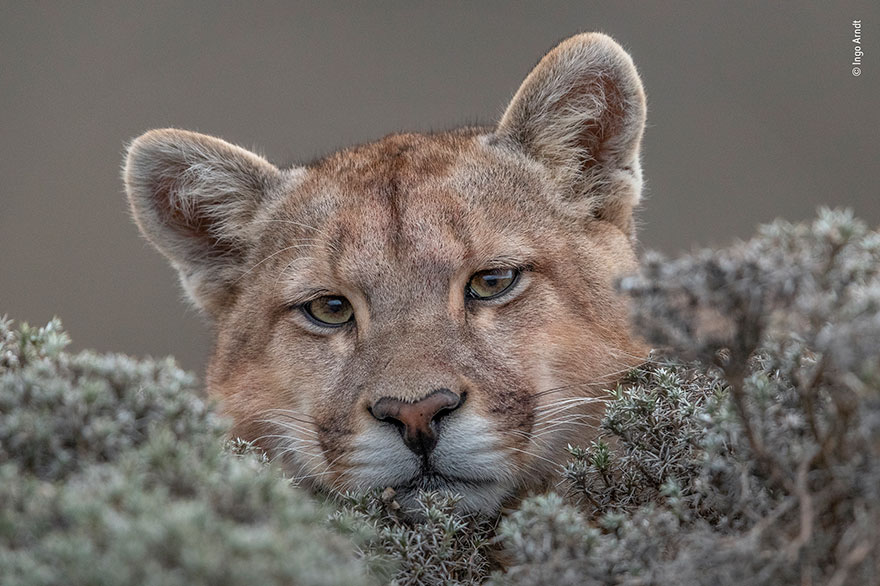



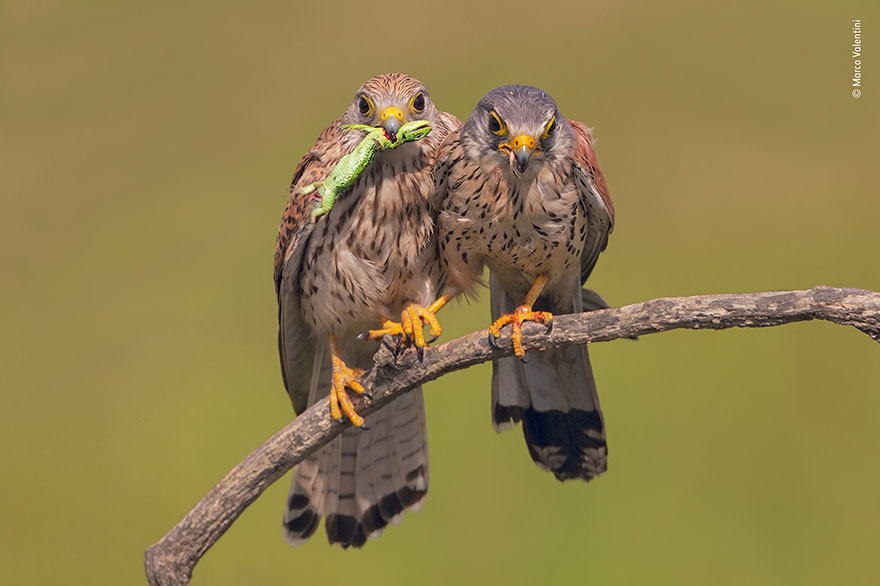









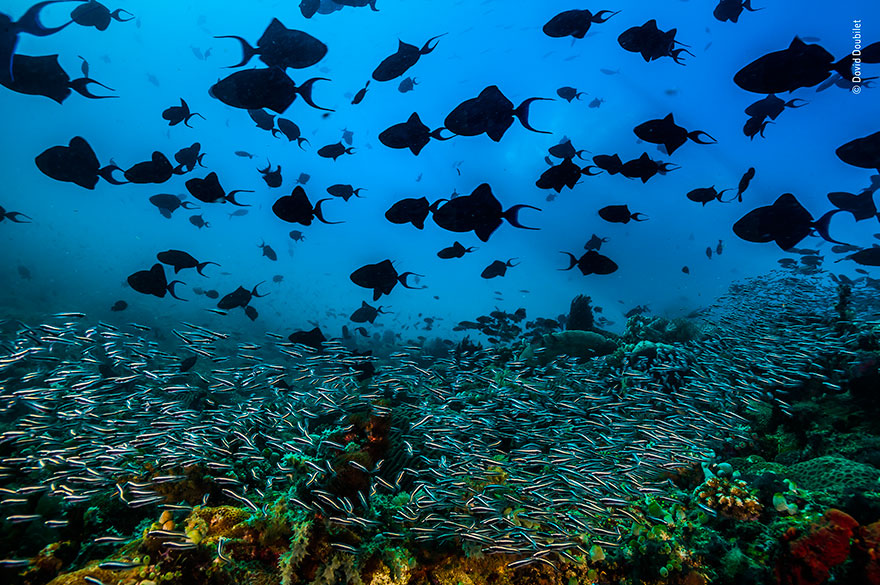
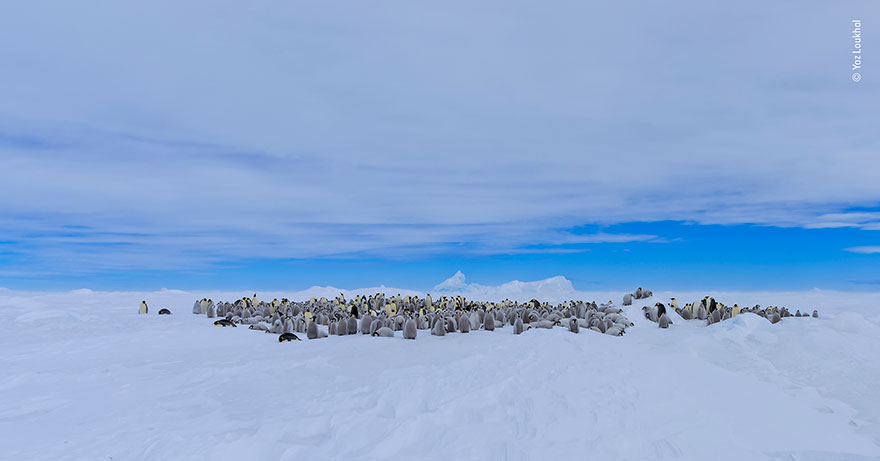











































224
12